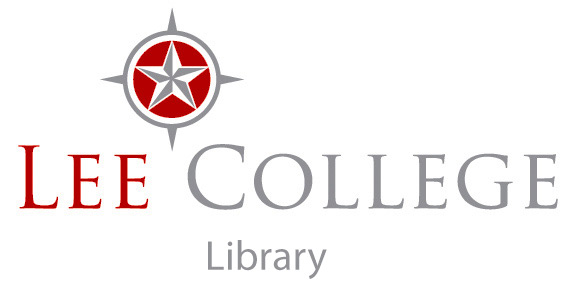
| Primary Sources | Secondary Sources | Tertiary Sources |
|
provide first-hand observations or direct evidence concerning a topic under investigation. They are created by witnesses or recorders at or near the time of the event. They have not been filtered through further interpretation or evaluation. Primary sources may include
|
are works that analyze, assess or interpret a historical event, era or phenomenon. They may use primary sources to to write a review, critique or interpretation often well after the event. Secondary sources may include
|
are those used to identify and locate primary and secondary sources. Tertiary sources may include
|
| Discipline | Humanities | Sciences | Social Sciences |
|---|---|---|---|
| Primary Source Examples | creative works, diaries, interviews, news footage, maps |
results of experiments, research and clinical trials |
census data, statistics, results of experiments on human behavior |
| Secondary Source Examples | books, journal articles, textbooks |
books, journal articles, textbooks |
books, journal articles, textbooks |
| Tertiary Source Examples | reference materials, databases | reference materials, databases |
reference materials, databases |
From: Olivares, Olivia. “LibGuides: Primary, Secondary and Tertiary Sources: Source Types.” Libguides.ucmerced.edu, 5 Aug. 2022, libguides.ucmerced.edu/source-types.
START YOUR RESEARCH